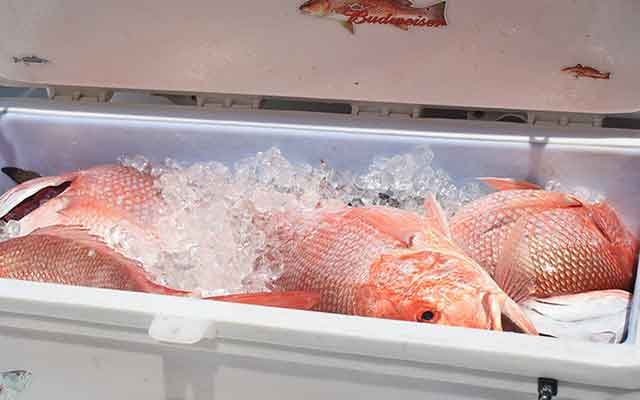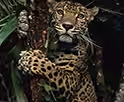.
Invasive Species That Most Affect Ecosystems
Invasive Species: A Threat to Our Planet's Biodiversity
Reading time : 1 minute,
Discovery Chepe Id-460-ECO
Published in
09-23-2024

The lionfish Originating in the Indo-Pacific, it was accidentally introduced into the Caribbean and has since expanded rapidly, becoming one of the most damaging invasive species in the oceans.
An invasive species is one that establishes itself in an ecosystem where it is not native, that is, outside its natural distribution area. These species, once introduced, multiply rapidly and can cause significant damage to the original ecosystem, displacing native species, altering natural cycles and generating ecological imbalances.
Invasive species reach new places through various human activities, both intentional and accidental. Some of the main introduction mechanisms are:
1- Transport and trade: Through ships, airplanes, containers and other means of transport, species can be accidentally transported in ballast water, in the soil or attached to products.
2- Intentional release: Many species have been deliberately introduced for ornamental, agricultural, hunting or fishing purposes.
3- Crop escapes: Some cultivated species can escape and establish themselves in the natural environment.
4- Tourism: Tourists may accidentally transport seeds, eggs or small organisms in their luggage or shoes.
5- Climate change: Climate change can favor the expansion of invasive species into new areas.
1. Common reed (Arundo donax)
It forms dense colonies that displace native vegetation.
It alters fire regimes.
It reduces biodiversity.
2. Zebra mussel (Dreissena polymorpha)
It clogs pipes.
It alters aquatic ecosystems.
It causes large economic losses.
The Silent Invasion: How Invasive Species Are Destroying Ecosystems

3. Wild boar (Sus scrofa)
The wild boar, originally from Eurasia and North Africa, has been introduced to many parts of the world, often for hunting purposes, and has become an invasive species in many places.
It causes damage to crops.
It transmits diseases.
It alters natural habitats.
4. Lionfish (Pterois volitans)
It preys on native species.
It causes an imbalance in coral ecosystems.
5. Asian long-horned beetle (Anoplophora glabripennis)
It attacks a wide variety of trees.
It causes the death of mature specimens.
It weakens forests.
6. Tiger mosquito (Aedes albopictus)
Vector of diseases such as dengue, zika and chikungunya.
7. Water Lily (Eichhornia crassipes)
Blocks sunlight from passing through.
Reduces dissolved oxygen in water.
Affects aquatic life.
8. European Rabbit (Oryctolagus cuniculus)
Causes soil erosion.
Loss of vegetation.
Extinction of native species.
9. American Mink (Neovison vison)
Preys on waterfowl, amphibians, and small mammals.
Causes population declines in native species.
10. Common Raven (Corvus corone)
It can become an invasive species on islands or in overpopulated areas
What can you do?
Report sightings: If you see an exotic species in a place where it shouldn't be, inform the relevant authorities.
Do not release exotic pets: If you can no longer care for your exotic pet, find a suitable home or contact a specialized shelter.
Plant native species: By planting native species in your garden, you contribute to the restoration of local ecosystems.
Support conservation organizations: Donate to organizations that work to protect biodiversity and combat invasive species.
Most read...
See Also
Discovery Chepe














